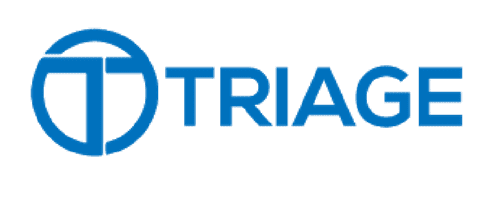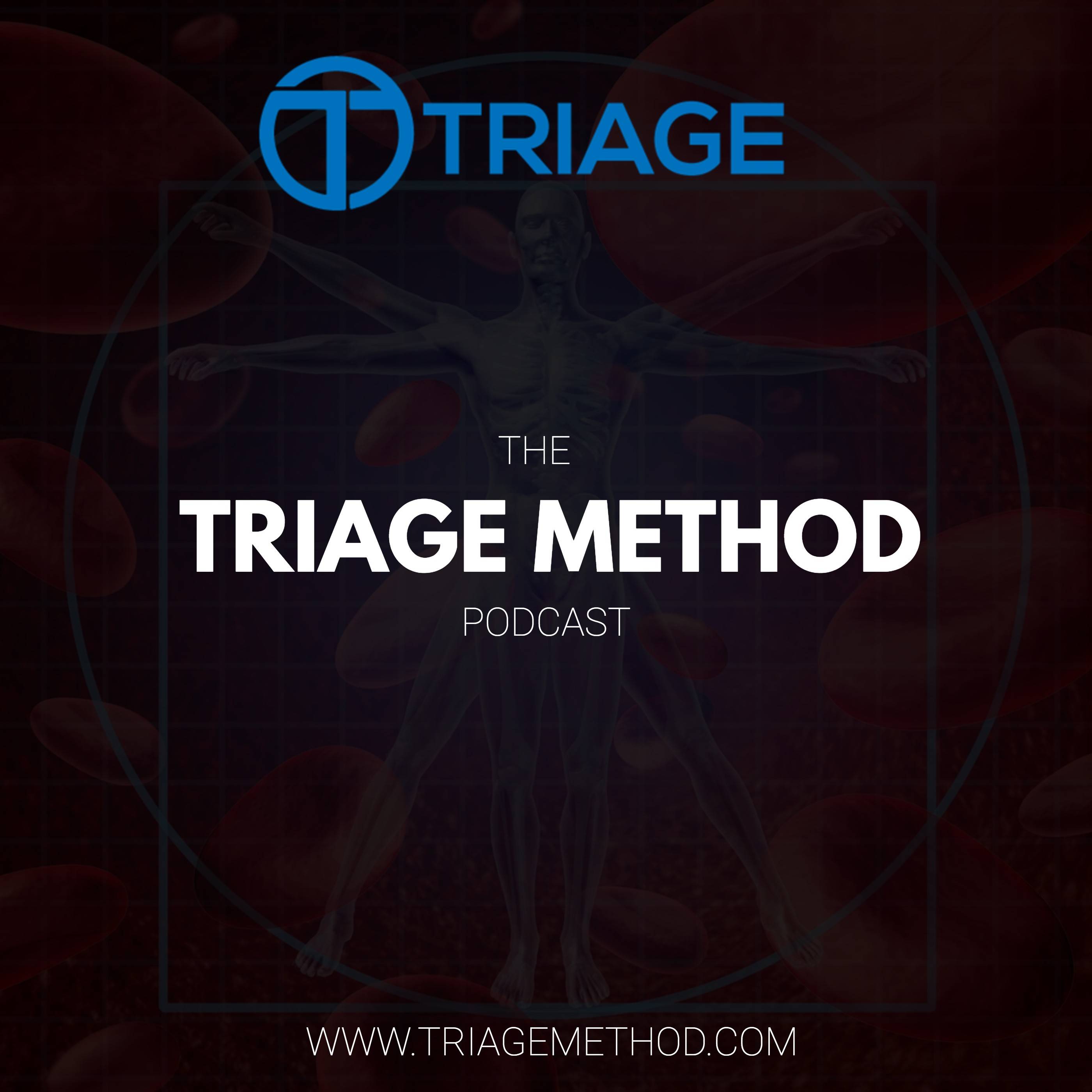Let’s kick off what will be a series of discussions on women’s health and fitness. Whether you call it female fitness, women’s health, or simply training for women, there is a lot to unpack. This episode of the podcast introduces key themes and sets the stage for more in-depth coverage of women’s health and fitness topics in future instalments.
Meet Dr. Nicola – Our Resident Women’s Health and Fitness Expert
- Who is Dr. Nicola?
She’s a junior doctor currently on her surgical rotation in Waterford, as well as an online coach specializing in women’s health, training, nutrition, and body composition. Originally working as an in-person personal trainer, she shifted gears to online coaching with Triage in July. - Why talk about female-specific health?
Nicola has seen firsthand how little accurate education about women’s physiology, life stages, and common health issues is available. Women often come to her unaware that they can tailor their exercise, nutrition, and symptom management to different phases of their menstrual cycle—or that they might need completely different strategies than men.
This series, therefore, is all about giving women the foundational understanding of their bodies and showing how that knowledge translates into effective training, nutrition, and lifestyle choices.
Why Female-Focused Guidance Matters
In the broader world of fitness, it is still common for programs, scientific studies, and even marketing campaigns to focus on men—or treat women as “small men.” Historically, exercise science often excluded women from studies because their menstrual cycles were seen as a “confounding variable.” As a result, key female-specific questions went unanswered or were brushed under the rug.
Breaking the “We’re All Exactly the Same” Myth
It is tempting for some to say, “Men and women are the same—we can train the same, eat the same, and everything will turn out fine.” While there is overlap in fundamental principles of healthy eating and progressive exercise, female physiology has important differences:
- Hormonal fluctuations throughout the menstrual cycle
- Life stages unique to women (e.g., pregnancy, postpartum, perimenopause, menopause)
- Common gynaecological/medical conditions (e.g., PCOS, endometriosis, amenorrhea) that can impact training and nutrition strategies
- Pelvic health concerns (e.g., urinary incontinence, especially postpartum or with high-impact exercise)
Dismissing these differences can prevent women from accessing the most effective strategies for their health, comfort, and performance.
From Adolescence to Adulthood: Key Challenges
1. Pre-Teen and Early Teenage Years
In many cultures (including traditionally conservative ones like Ireland’s), open discussion about menstruation and female physiology is limited or taboo. Formal sex education rarely addresses how the menstrual cycle might affect physical education, exercise, or nutrition. As a result:
- Young girls often drop out of sports or physical activities once they begin menstruating, citing discomfort, embarrassment, or social pressures.
- Body image issues may emerge early, influenced by media and cultural expectations.
- Disordered eating patterns can arise when girls try to navigate conflicting ideals—especially with the advent of social media.
Encouraging Active Lifestyles
At this stage, the main focus should be on enjoying varied activities—dance, sports, rollerblading, gymnastics, or anything that encourages consistent movement. Good habits formed in early adolescence can lay a foundation for a healthy relationship with exercise into adulthood.
2. Late Teens and Early 20s
As hormones fully settle and societal pressures intensify, many young women experience:
- Body Dysmorphia and Disordered Eating
Diet culture, “skinny teas,” and social media-fueled perfectionism can lead to extreme diets or binge-and-restrict cycles. - Lack of Clear Guidance
Women trying to “get healthy” may not know how to tailor training and nutrition to their natural hormonal rhythms. Marketing can be misleading and often targets insecurities.
Finding Balance
Rather than over-focusing on aesthetics or falling for extreme dieting, women benefit from:
- Learning basic nutrition principles (e.g., what adequate protein intake looks like, what balanced meals are, and how total calorie intake matters)
- Establishing sustainable exercise routines (e.g., resistance training, running, Pilates, or any enjoyable form of movement)
3. The Reproductive Years: Menstrual Cycles, Contraception, Pregnancy
This phase is often when women begin to realize how menstrual cycles affect their energy levels, mood, and performance:
- Menstrual Cycle Tracking
Women can learn to adjust (or “auto-regulate”) training intensity and volume based on how they feel each week. Some prefer stronger workouts mid-cycle, while others notice more fatigue just before their period. - Contraception
The wide variety of contraceptive methods (oral pills, IUDs, implants) can alter hormone levels, adding complexity to training adaptation and side effects (e.g., heavier bleeding with a copper IUD or more stable hormones on certain pills). - Pre- and Postnatal
Pregnancy used to be treated almost like an illness—“don’t move!” and “eat for two!”—but modern guidelines emphasize safe, moderate activity to maintain strength, healthy weight gain, and better postpartum recovery. After childbirth, pelvic floor health becomes a crucial factor in comfortably returning to exercise.
4. Perimenopause and Menopause
Often overlooked, the transition to menopause (perimenopause) can include:
- Hormonal Roller Coasters
Estrogen begins to decline in the years leading up to menopause, causing irregular cycles and symptoms like hot flashes or mood swings. - Bone Density and Cardiovascular Health
Estrogen’s protective effects on bones and heart health start waning, making women more susceptible to osteoporosis and heart disease. About 50% of women over 50 will suffer an osteoporosis-related fracture. - Metabolism and Body Composition
Many notice a shift toward more “central” fat storage (around the midsection) after menopause.
Strength Training Is Key
Building and maintaining muscle and bone density before and during perimenopause helps preserve quality of life later. Many women only start thinking about bone health in their 60s or 70s, but by then, some irreversible losses have occurred. Weight-bearing exercise throughout adulthood makes a huge difference here.
Common Female-Specific Issues & Why They Matter
Beyond the menstrual cycle, numerous conditions can affect fitness:
- Pelvic Floor Health
- Urinary incontinence can occur in both young athletic women (e.g., during high-impact exercise) and postpartum women.
- Heavy lifts, jumping, and poor pelvic floor control can lead to leaks—or even cause some to avoid exercise entirely.
- Screening questions and supportive coaching can help address it.
- PCOS, Endometriosis, Amenorrhea
- Conditions like Polycystic Ovary Syndrome or endometriosis create hormonal imbalances, pain, or cycle irregularities that might require a customized approach to training and nutrition.
- Functional Hypothalamic Amenorrhea (FHA) can occur due to excessive exercise and low body fat or chronic stress—restoring health often requires eating more and training less intensely.
- IBS (Irritable Bowel Syndrome)
- Women can experience bloating and discomfort that forces them to adapt exercise selection (e.g., avoiding certain compression movements like barbell hip thrusts or lying leg curls if those aggravate symptoms).
- Nutrition changes (fibre intake, hydration, meal timing) can significantly relieve IBS flare-ups.
A Short History of Women in Sport
It’s easy to forget how recently women have been allowed full participation in sports:
- Marathon Myths: Women were once barred from long-distance running (fears their “wombs might fall out”).
- Boxing in the Olympics (2012): Not until 2012 could women box in the Olympic Games.
- Aerobics & Step Classes: In past decades, women’s fitness was often reduced to low-intensity, choreographed routines (think VHS tapes), while heavy weightlifting was “for men.”
- Modern Shift: CrossFit and social media partly changed the narrative, celebrating women lifting heavier and training at higher intensities. Still, marketing messages often swing between extremes—“Be skinny!” vs. “Be super-strong!”—instead of advocating individual goals.
Social Media & The Double-Edged Sword
Today, a quick scroll reveals:
- Fad Diet World: Skinny teas, detox cleanses, and “eat 500 calories a day!” crash diets that keep women on a constant weight-loss merry-go-round.
- Fitness Influencers (the Good & the Not-So-Good):
- The good: Some influencers share evidence-based workouts, balanced meal ideas, and encourage body positivity with practical advice.
- The not-so-good: Others profit from quick fixes or tear down other methods to sell their own. Some push “perfect days” and body ideals that are simply unattainable or unsustainable for many women.
Toxic Positivity vs. Real Empowerment
A subculture of “love yourself no matter what” can be helpful at first, but it can also discourage genuine self-improvement. As Dr. Nicola noted, unconditional acceptance without actionable guidance can leave some people stuck if they truly want or need to make health changes.
Ultimately, there’s a middle ground:
- Acknowledge that we can love ourselves while still aiming to get healthier, fitter, or stronger.
- Recognise that “this is my body” but also ask, “how can I help it thrive?”
Conclusion: Today’s Lesson & What’s Next
This wide-ranging conversation serves as an introduction to a multi-part exploration of female health and fitness. The key takeaways are:
- Women’s health is not a niche concern. It’s essential for half the population—and it’s often sidelined or misunderstood.
- Women go through unique life stages (puberty, reproductive years, perimenopause, and menopause) that demand nuanced approaches to exercise and nutrition.
- Tracking & Awareness are crucial. Whether it’s the menstrual cycle, pelvic floor health, or medical conditions like IBS or endometriosis, knowledge is power.
- Societal Messages Matter. From marketing to social media, from cultural taboos to patriarchy’s lingering assumptions—women’s experiences in health and fitness are profoundly shaped by the messaging they receive.
- We Need Better Education & Open Conversation. The more we talk about real female physiology—rather than sweeping it under the rug—the more women can confidently pursue training and nutrition strategies that work for them.
Coming Up Next
Future instalments will dive deeper into:
- Menstrual cycle fundamentals and how to adapt training around different phases
- Specific conditions like PCOS, endometriosis, and amenorrhea, with practical strategies
- Pelvic floor training and postpartum considerations
- Perimenopause and menopause: what truly helps and how to adapt for long-term health
- Navigating nutrition in realistic, non-extreme ways (no “skinny teas” required!)
This podcast series will be a thorough, scientifically grounded, and compassionate look at women’s health and fitness. Whether you’re a coach wanting to better serve female clients or a woman looking for real answers—stay tuned. Embracing the nuances of female physiology is the key to unlocking better health outcomes, athletic performance, and quality of life for women everywhere.
If you need help with your own nutrition or exercise, you can always reach out to us and get online coaching, or alternatively, you can interact with our free content.
If you want more free information on nutrition, you can follow us on Instagram, YouTube or listen to the podcast, where we discuss all the little intricacies of exercise and nutrition. You can always stay up to date with our latest content by subscribing to our newsletter.
Finally, if you want to learn how to coach nutrition, then consider our Nutrition Coach Certification course, and if you want to learn to get better at exercise program design, then consider our course on exercise program design. We do have other courses available too. If you don’t understand something, or you just need clarification, you can always reach out to us on Instagram or via email.

